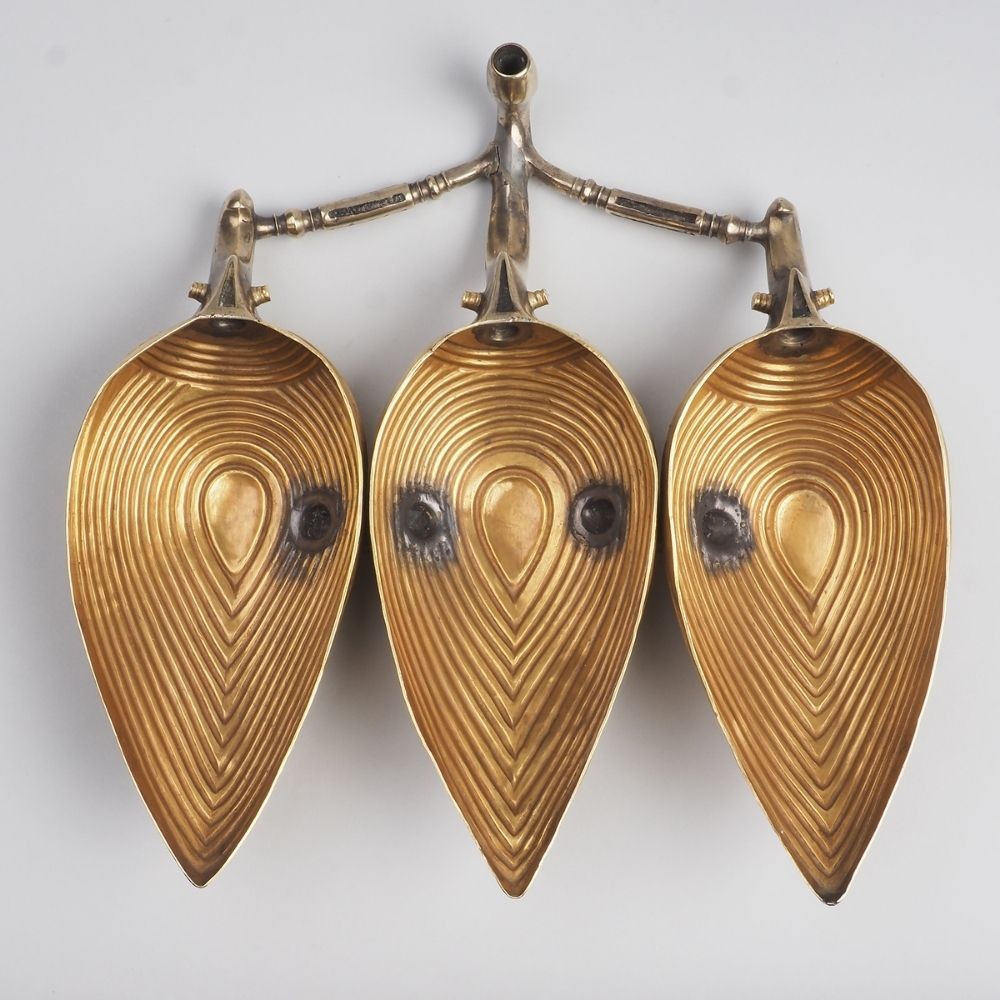The Valchitran gold treasure has already visited some of the most prestigious exhibition halls and museums in the world and never ceases to travel from continent to continent and to amaze people. It is one of the most magnificent monuments of Thracian art. Currently, the treasure can be seen in the National History Museum in Sofia, where it will remain until the autumn.
The interesting story of the Valchitran treasure

It was found in 1924 near the village of Valchitran close to Pleven. Two brothers working in their vineyard found these objects, but did not realize that they were made of gold because they had brassy color. They thought these were ordinary bronze vessels. "The items were distributed and one of the villagers even used the big gold bowl to feed his piglet. My colleagues and I joke that this is the most famous pig in Bulgarian archaeology," says Assoc. Prof. Dr. Boni Petrunova, Director of the National History Museum. The treasure found near Valchitran consists of 13 gold objects with a total weight of almost 13 kilograms. This is one of the most ancient treasures found in Bulgarian lands. It dates back to the 14 -13 century BC or the end of the Bronze Age.
"The most impressive of the whole set is a three-part vessel. We call it this way because it consists of three leaf-shaped vessels connected by tubes,” Assoc. Prof. Dr. Petrunova says. "Apparently, it was used for some rituals. The tubes themselves are also very interesting because they are made of electrum, which is an alloy of gold and silver. People started producing this alloy artificially in the early twentieth century. In ancient times when this treasure was created, people probably discovered a piece of naturally occurring electrum and used it in making of the items.”

Most scientists believe the Thracians used the naturally-formed alloy, but there are some who have voiced theories that the Thracians might have even known how to produce electrum. "Personally for me, this is the most interesting, the most beautifully crafted treasure found in our lands, without underestimating the Panagyurishte Treasure, which is part of our permanent exhibition," Assoc. Prof. Petrunova says.
The items were made with incredible skill and a complex technique called niello was used in their crafting.

What has the Valchitran Treasure revealed about our ancestors?
"We know that at the end of the Bronze Age this set was made for a special ritual. There are different theories about it. According to some researchers, this was a ritual performed while making peace treaties. Honey, water and wine were poured into the three bowls of this vessel while our ancestors were having peace talks. In this sense this is a timely exhibition of the treasure against the backdrop of war and tension,” Assoc. Prof. Dr. Boni Petrunova says.
Photos: Krassimir Georgiev, Bulgarian Academy of Sciences
English: Alexander Markov
At a special ceremony at the Romanian Embassy in Sofia, Ambassador Brândușa Ioana Predescu presented Bulgarian conductor Nayden Todorov with the Order of Cultural Merit with the rank of Grand Officer. "We are here to honor today your Maestro whom I..
Spanish writer Ana Andreu Baquero is coming to Bulgaria to present her novel "The Princess of Buchenwald" , the Cervantes Institute, which is organising the event with the Hermes publishing house, announced. The presentation of the book is scheduled..
On February 12, in the cosy space of the Bulgaria Gallery in the heart of Rome, compatriots and Italians will gather to commemorate a Bulgarian healer who with perseverance and dedication managed to change the lives of thousands of..
At a special ceremony at the Romanian Embassy in Sofia, Ambassador Brândușa Ioana Predescu presented Bulgarian conductor Nayden Todorov with the Order of..

+359 2 9336 661
